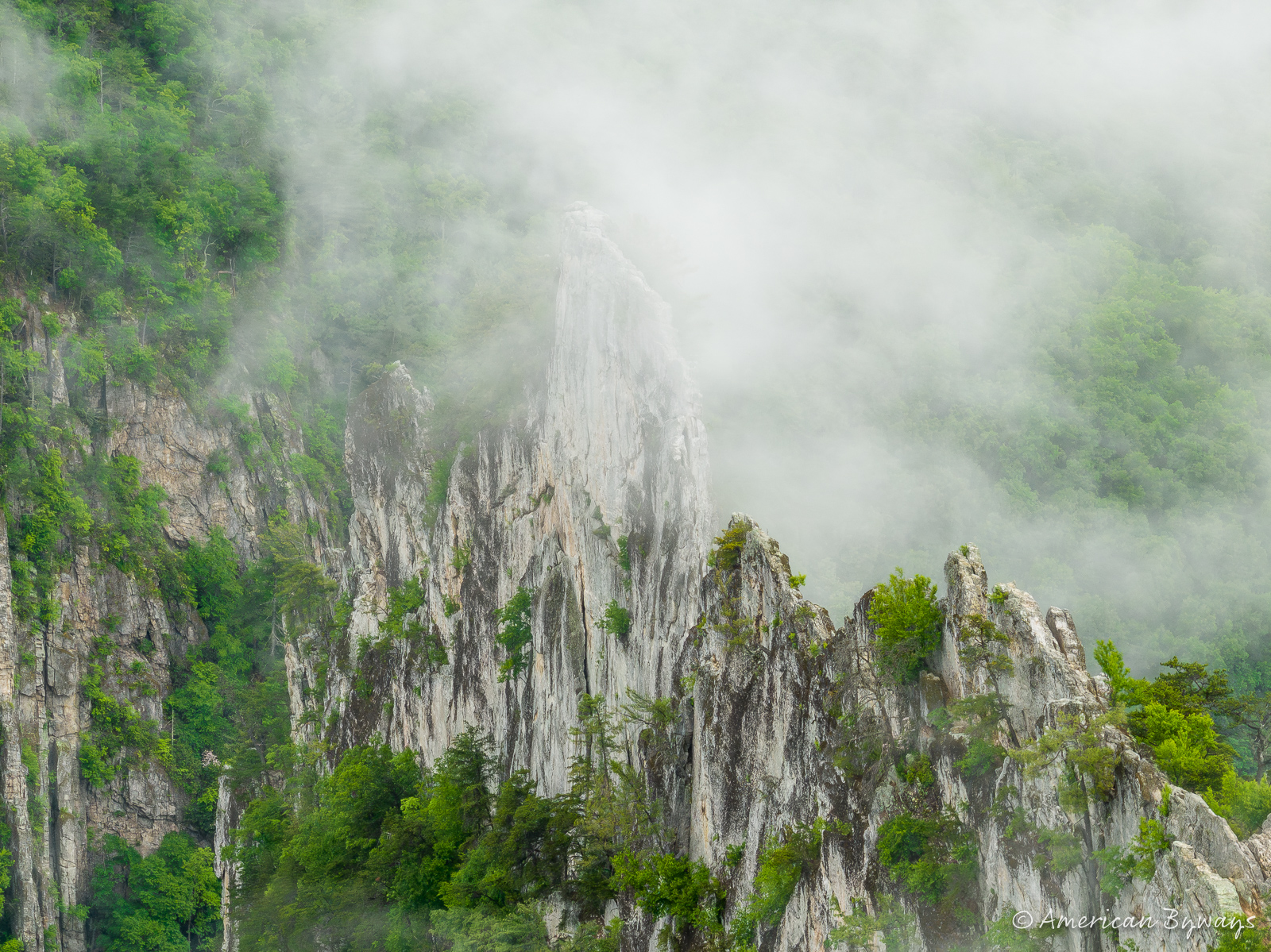
Plum Run Prairie Preserve Holds the Key to Ohio’s Ecological History
Ah, the forgotten dance of the Ohio prairies – a mesmerizing waltz of resilience and vulnerability, preservation and destruction. Nestled within the verdant bounds of Adams County lies the Plum Run Prairie Preserve, a living testament to nature’s cyclical ballet. The 140-acre oasis stands as a rare fragment of Ohio’s primordial landscape, a piece of history imbued with ecological grandeur and fragility.
Spanning an impressive part of the celebrated Arc of Appalachia Preserve System, Plum Run’s panorama envelops us in a dichotomy between the temperate deciduous forest’s dense embrace and the wild openness of the prairie’s tallgrass. Two formidable biomes that have danced together, both clashing and caressing, for over 20 million years. With each passing season, Plum Run reveals a new act in nature’s dramatic performance. Spring’s overture serenades us with woodland wildflowers, crescendoing to their zenith in May. August’s heat inflames the spectacle with the colorful explosion of prairie flowers, while late fall bows with seas of undulating tall grasses.

Early goldenrod (Solidago juncea)
Ah, but the prairies – those resilient yet delicate ecosystems – have not had it easy in this complex performance. They withstand heat and drought, flourishing in the fiery dance of the summer. Yet they often find themselves succumbing beneath the shade of dense forests, with their towering trees playing a domineering role.
Ohio’s historical tapestry is woven with these tales of nature’s dance. Once dominated by sprawling forests, the state has also been graced by two distinct prairie types. The towering and fire-sculpted tallgrass prairie, once flourishing to the west, with its deep-rooted dance, was displaced by the relentless advance of agriculture.
At Plum Run, the tallgrass prairie stands in isolation, a poignant remnant that defies the odds. Add to the scene the cedar glade prairie, growing in the thin, dry soil derived from limestone bedrock, and you have a landscape rich with diversity. The red cedar tree, a symbol of endurance and adaptability, stands sentinel here, a quiet observer of a terrain that has been ravaged by the demands of modern farming.
But times are changing, and the dance is far from over. Ohio’s increasingly wet climate challenges the prairies’ existence, a trend that global warming may yet reverse, urging us to protect these fragile ecosystems. Plum Run Prairie Preserve is indeed an enchanting place, the sole theater in Ohio where the dramatic duet of the tallgrass prairie and the cedar glade prairie still plays. This living museum offers winding trails through landscapes that are not just sights to behold, but lessons in our fragile connection with nature. This preserve’s marvel and mystery beckon us to be more than mere spectators; they call us to be stewards, protectors of a dance that has been performed for millennia, and one that we must ensure continues for generations to come.
After all, the dance of nature is a dance for us all.








































